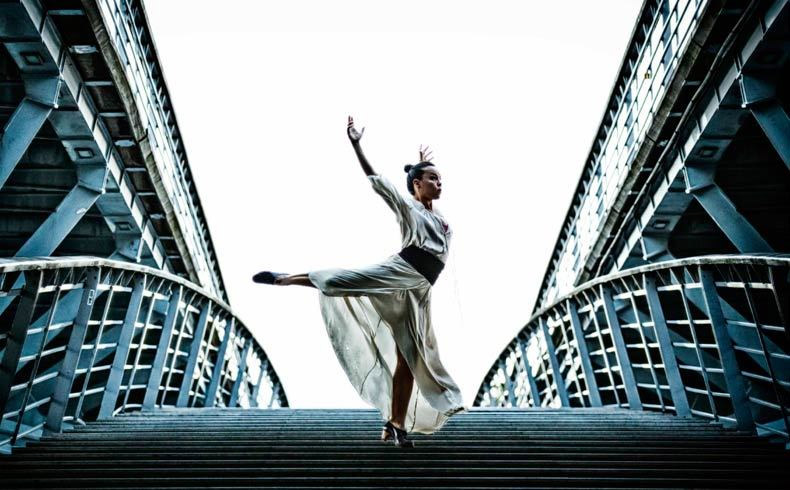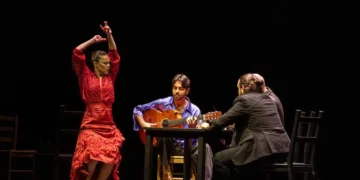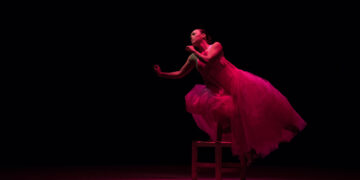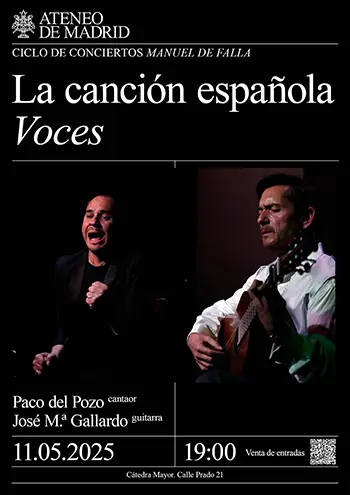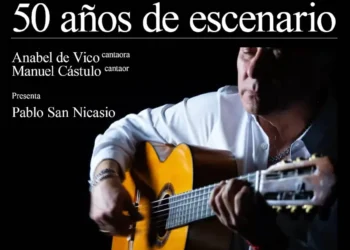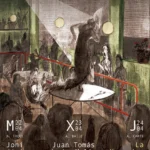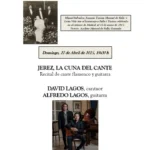Text: Silvia Cruz Lapeña
Series «Oh! Poéticas de la ilusión» at the Mercat de les Flors
January 4th, 2016
Laboratory with a soul
Dancer Rocío Molina presents her first collaboration with the musicians of Cabo San Roque at the Mercat de les Flors in Barcelona.
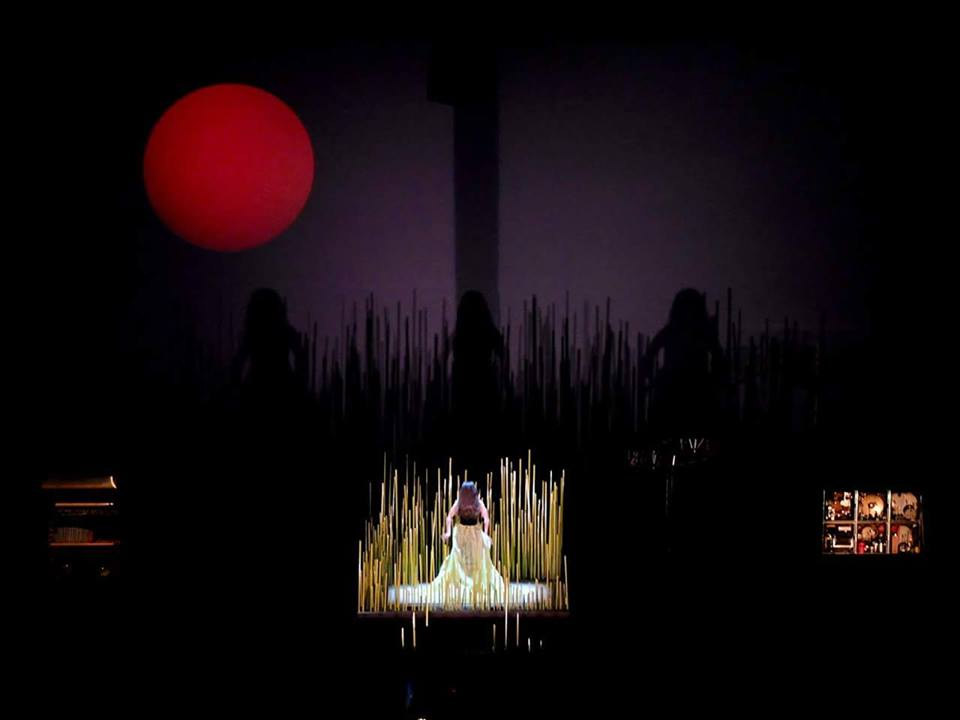
It's nearly the day the Three Wise Men come to town, and there are some children in the audience. What they're about to see isn't a show yet, or at least that's what it says on the program of «Impulso», a work by Rocío Molina in collaboration with the musicians of Cabo San Roque. This is the first contact in a show that will eventually be completed, and perhaps for this reason there is no information about what it aims to communicate. In the choreography however, a story-line can be detected, one which is inspired in the romantic science of the end of the 18th century, and beginning of the 19th, so well-represented by Richard Holmes in La Edad de los Prodigios, a time when mankind rode in balloons and discovered planets.
Part of the atmosphere is the work of Laia Torrents and Roger Aixut, members of Cabo San Roque. In 2015, this group surprised those who weren't familiar with them with «La Cobla Patafísica. 2015-2001», an exhibit at the Ars Santa Mónica in which they exhibited all their monsters: 20 instruments and 30 sound machines. There were cow skulls used as resonance boxes, and dolls' hands strumming strings. That type of laboratory attracted the interest of the dancer from Málaga, and caused her to join them to create a show in which she manages to stir emotions from the very first movement.
The geniuses Torrents and Aixut make music so that an automaton Molina may create dance. She begins as a machine, and gradually becomes a classical dancer to end up being a flamenco dancer. Luckily for many who interpret orthodox flamenco, this lady doesn't dance in the conventional style: she'd leave more than a few dancers out of work. Silent expectation among the audience where adults and children attend a universal as well as romantic story: a doll who turns human, a sort of Pinocchio who dances so much, the hinges soften and become flesh.
In this sort of story pasted together with hard work and contraptions, Molina demonstrates her technical level, her capacity to invent and her command of flamenco rhythms. The ingenious members of the Cabo San Roque, original, clever and right on the beat, accompany an artist who manages most of the show alone; Rocío spends a long time dancing without music, vocals, or any other sound. Her feet and physical contortions are enough to indicate the rhythm, which is crystal clear at every moment. The bulerías, frenetic at times, and at other times, carried out in slow-motion, are a high point. The metallic approach of Cabo San Roque gains presence towards the end of the show, as they accompany a sensual furious dancer who at this point is completely flamenco.
The staging is perfect for the occasion and the effect sought. There is a moon that doesn't know if it's a sun, or vice versa; machines that appear to be from the past, but which sound like the future; and in Rocío's dancing is everything she gives to flamenco, so twenty-first century, but also oscillations that recall the marionettes of Japanese bunraku. This happens when Rocío dances without it being clear whether she is moving forward or backwards, with her back or her face to the audience, when she uses her wrists like the hands of a clock that mark and unmark the seconds, impossible to know which, all her body is there to explain how much anything in the future always looks like the past it came from.
In the end, as she gazes upon the sun-moon, she gives one last heel-click, and the show comes to an end. Both adults and children in the audience are completely surprised, and applaud energetically for this story that lacks nothing to be a complete work. The conclusion, after seeing Molina's efforts, imagination and outsized stage presence, is that given her artistic level, they ought to create a prize, because the National Dance Prize she received in 2010 is beginning to seem insufficient.




